Why Motorcycle Coolant is Important
Motorcycle coolant plays a vital role in maintaining engine health. It prevents overheating and extends engine life. Understanding its importance ensures optimal performance and avoids costly repairs.
Role of Coolant in Engine Performance
Motorcycle engines generate high heat during operation. Coolant absorbs this heat and transfers it away. This prevents components like pistons and cylinders from overheating. Without coolant, engine parts expand and degrade quickly due to heat damage.
Coolant also prevents rust and corrosion inside your engine. It contains additives that protect metal surfaces from water damage. This ensures smoother operation and reduces wear over time.
Cooling System Basics for Motorcycles
Motorcycles use liquid cooling systems to regulate engine temperatures effectively. The system includes a radiator, coolant, pump, and hoses. The pump circulates coolant through the engine and other components. Heat is absorbed and expelled through the radiator.
Modern motorcycles use pressurized systems to improve cooling efficiency. Proper maintenance of this system is crucial for reliability. Regular checks ensure coolant levels remain adequate and components work efficiently. Understanding these basics helps you value coolant’s importance.
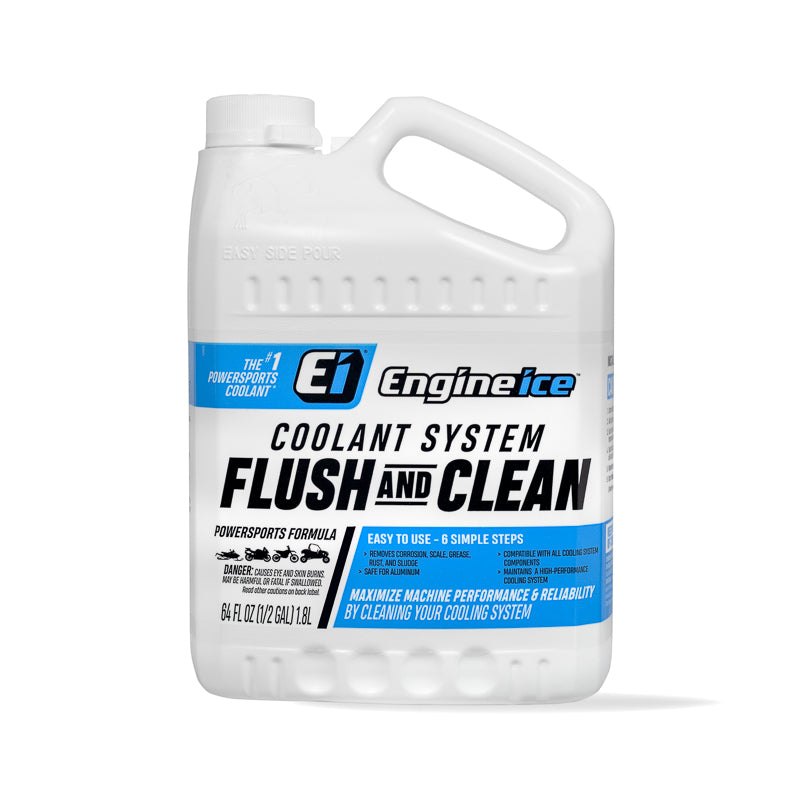
Types of Motorcycle Coolants
Choosing the right motorcycle coolant is essential for engine longevity. Different coolants suit various conditions and motorcycle types. Familiarizing yourself with the options helps ensure optimal performance and protection. Below are the main types of motorcycle coolants available:
Ethylene Glycol-Based Coolants
Ethylene glycol-based coolants are among the most common choices for motorcycles. They are known for their excellent heat transfer properties and high boiling points. These coolants effectively maintain engine temperatures under demanding conditions.
Key characteristics include:
- Reliable performance under extreme temperatures.
- Preventing corrosion with added inhibitors.
- Standard in most factory-made motorcycles.
However, ethylene glycol is toxic and requires careful handling. Always avoid skin contact and dispose of it responsibly.
Propylene Glycol-Based Coolants
Propylene glycol-based coolants are safer alternatives to ethylene glycol. They offer similar heat transfer capabilities but with low toxicity.
Advantages include:
- Non-toxic and environmentally safer.
- Effective in reducing engine corrosion.
- Can be used in motorcycles requiring eco-friendly products.
Propylene glycol coolants are typically preferred in areas with strict environmental regulations. They provide solid protection without compromising safety.
Waterless Coolants: Pros and Cons
Waterless coolants eliminate the need for water in the cooling system. This makes them unique and efficient for specific applications.
Pros:
- Does not boil over, even at high temperatures.
- Prevents rust and scale buildup as no water is involved.
- Offers longer service life compared to traditional coolants.
Cons:
- Higher initial cost, making it less accessible for some riders.
- Switching requires flushing out all old coolant entirely.
- Compatibility issues with certain engines.
Waterless coolants can benefit riders who prioritize long-term use and extreme protection. However, weigh costs and effort before choosing this option.
Understanding these types helps you select the best coolant for your motorcycle. Consider performance, safety, and your motorcycle’s needs for the optimal solution.
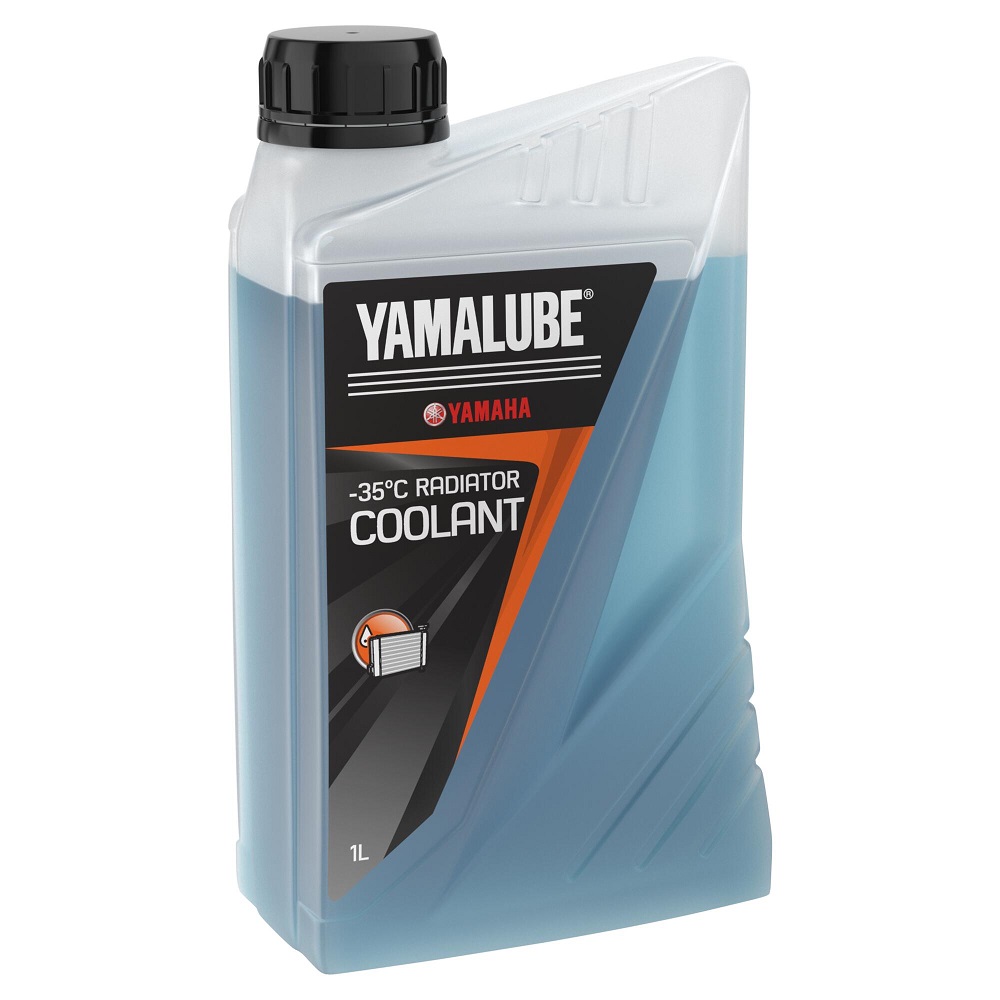
Key Factors to Consider When Choosing Coolant
Selecting the right motorcycle coolant ensures engine performance and longevity. Here are key factors to consider:
Compatibility with Your Motorcycle’s Engine
Always check your motorcycle’s manual for specific coolant recommendations. Each engine type may need a certain formula. Using the wrong coolant can lead to corrosion, overheating, or poor performance. For instance, older models may need traditional ethylene glycol coolants, while modern bikes might prefer advanced formulas like propylene glycol. Compatibility ensures the cooling system works as designed.
Proper Coolant-to-Water Ratio
Most coolants require mixing with water at a specific ratio, typically 50:50. This balance ensures optimal heat transfer and freezing point depression. Avoid using distilled water alone as it lacks protective additives. Some coolants come pre-mixed, simplifying the process. Follow the product label or manufacturer instructions for correct ratios. Incorrect mixtures can weaken the coolant’s effectiveness and harm your engine.
Manufacturer Recommendations
Follow your motorcycle manufacturer’s guidelines for coolant type and service intervals. These guidelines are tailored to your bike’s design for optimal safety and performance. Using recommended coolants protects engine components and maintains warranty coverage. For best results, consult a trusted service professional when in doubt.
How to Check and Replace Coolant
Regularly checking and replacing motorcycle coolant is vital for engine health. Neglecting coolant maintenance can lead to overheating, corrosion, and costly damage. Knowing when and how to replace coolant ensures optimal performance.
Signs It’s Time to Replace Coolant
Recognizing the signs of deteriorating coolant helps you act before serious issues arise.
- Color Changes: Coolant should remain vibrant (green, blue, or red). Brown or murky coolant indicates contamination or rust.
- Odor: A sweet or burnt smell may suggest overheating or coolant degradation.
- Reduced Levels: Persistent low coolant levels might signal leaks or evaporation.
- Poor Performance: The engine may run hotter than usual, suggesting inefficient cooling.
- Lifespan: Replace coolant per manufacturer recommendations, usually every 2–3 years or specified mileage.
If you notice these signs, inspect your cooling system immediately and consider replacing the coolant.
Step-by-Step Guide to Flushing and Refilling Coolant
Properly flushing and refilling coolant ensures effective performance. Follow these steps for a safe and thorough process:
- Preparation:
- Park your motorcycle on a flat, stable surface.
- Let the engine cool completely to avoid burns.
- Gather tools: wrench, funnel, container for old coolant, and new motorcycle coolant.
- Drain Old Coolant:
- Locate the drain plug or lower hose on the radiator.
- Place a container underneath to collect the old coolant.
- Open the radiator cap and drain plug to let coolant flow out completely.
- Flush the System:
- Use distilled water or a radiator flush product to clean the cooling system.
- Pour the cleaner through the radiator and run the engine briefly.
- Drain the system again and ensure no residue is left.
- Check Components:
- Inspect hoses, clamps, and the radiator for leaks or damage.
- Replace any worn components to prevent future issues.
- Refill with New Coolant:
- Pour the recommended coolant into the radiator using a funnel.
- If required, mix it with water to the correct ratio (50:50 is common).
- Fill gradually to prevent air bubbles.
- Bleed the System:
- Start the engine and let it idle with the radiator cap off.
- Squeeze radiator hoses to release trapped air.
- Refill coolant as the level drops.
- Seal and Check:
- Replace and tighten the radiator cap securely.
- Ensure no leaks and monitor the coolant level over the next few rides.
By following these steps, you can confidently maintain your motorcycle’s cooling system. Regular maintenance prevents overheating, protects the engine, and extends its life.
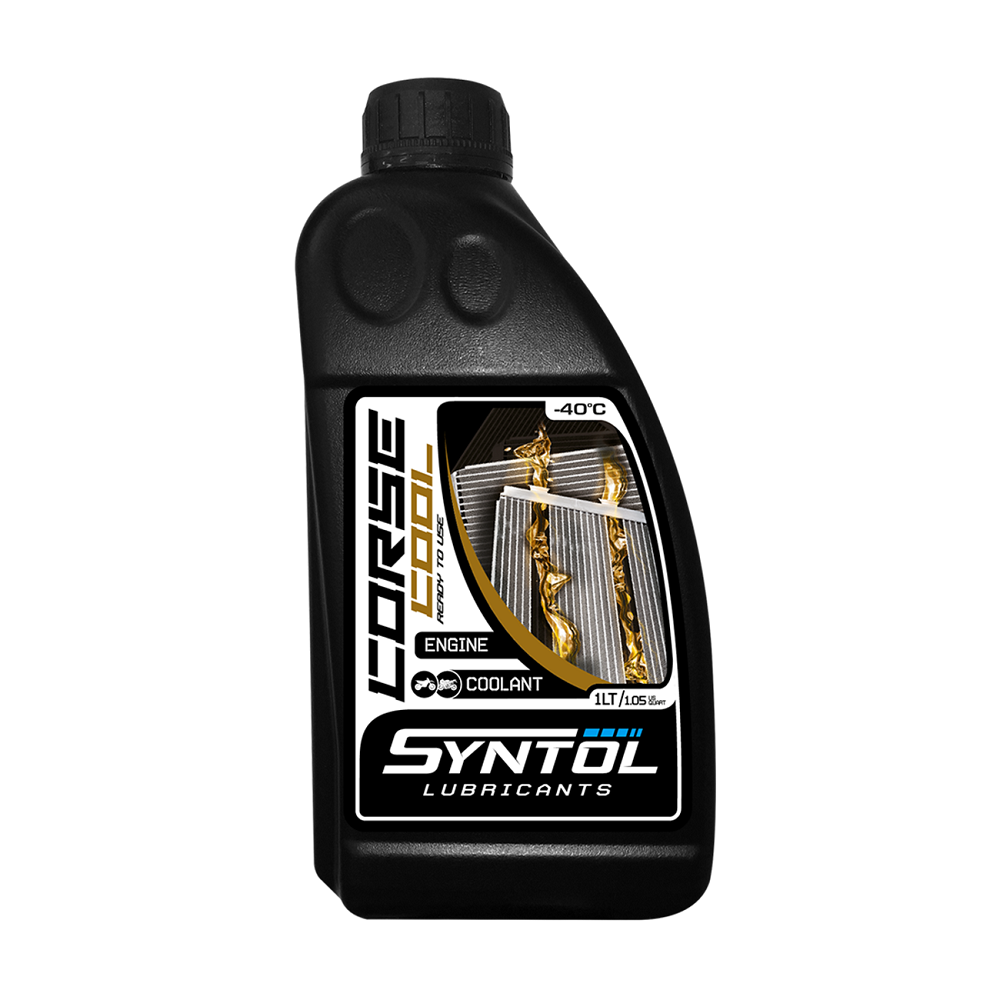
Common Myths and Misconceptions About Coolants
Motorcycle coolant plays a critical role, yet many misconceptions persist. Clarifying these myths helps riders make better decisions.
Can You Use Car Coolant in a Motorcycle?
Using car coolant in a motorcycle is a common debate among riders. While both serve similar purposes, car coolants often lack specific additives required by motorcycle engines. They may contain silicates, which protect car engines but can damage motorcycle components, like the water pump seals. Additionally, the heat dissipation requirements for motorcycles differ from cars. Using the wrong coolant can lead to overheating, corrosion, or subpar performance. Always check your bike’s manual and stick to motorcycle-specific coolants for safety and reliability.
Is Water a Viable Coolant Alternative?
Some believe water can replace motorcycle coolant. This is a dangerous myth. While water does transfer heat, it lacks protective additives found in coolants. It cannot prevent rust, corrosion, or freezing. Furthermore, water’s boiling point is lower than that of coolant. This increases the risk of overheating during high-performance rides. Using water alone can cause significant engine damage over time. For optimal protection, always use a proper motorcycle coolant with the correct water ratio, if needed.
Maintenance Tips for Optimal Coolant Performance
Proper maintenance of motorcycle coolant is crucial for avoiding engine issues and extending its lifespan. Regular checks and timely replacements ensure your cooling system performs efficiently. Below are essential tips to keep your coolant system in top condition.
How Often Should You Change Coolant?
Changing motorcycle coolant at the right intervals protects the engine and prevents damage.
- Follow Manufacturer Guidelines: Replace coolant every 2–3 years or per your bike’s manual instructions.
- Monitor Mileage: Change coolant if your motorcycle reaches the recommended mileage for replacement.
- Check Coolant Appearance: Replace it if it’s murky, brown, or if any debris is visible.
- Watch Performance: Overheating can signal degraded coolant requiring replacement.
- Seasonal Maintenance: Consider changing coolant before extreme weather for consistent protection.
Adhering to these intervals ensures your cooling system operates reliably and helps avoid costly repairs.
Avoiding Overheating Issues with Regular Checks
Regular inspections help prevent overheating and safeguard engine health.
- Check Coolant Levels: Low coolant levels increase the risk of overheating; top up if necessary.
- Inspect for Leaks: Look for leaks around hoses and radiator, as they can cause coolant loss.
- Examine Radiator: Clean the radiator and remove dirt or debris to ensure efficient heat transfer.
- Check Coolant Quality: Ensure your motorcycle coolant retains its vibrant color and doesn’t smell burnt.
- Test Temperature: Monitor engine temperature during rides to detect cooling system issues early.
- Perform Routine Maintenance: Regularly flush and refill coolant to maintain the system’s efficiency.
By following these tips, you can prevent overheating and enhance your motorcycle’s reliability. Make coolant checks a priority during routine maintenance.
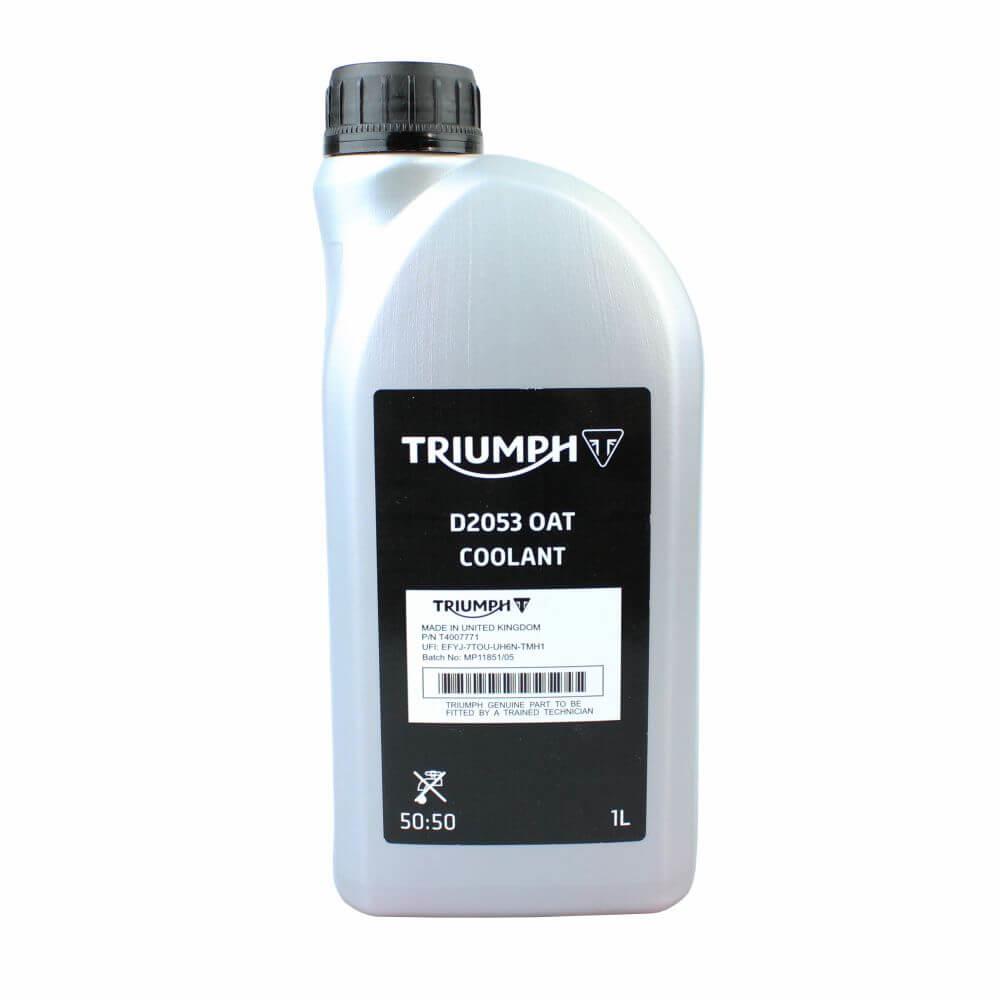
Top Recommended Motorcycle Coolants on the Market
Choosing the right motorcycle coolant can significantly affect engine performance and durability. With various options available, selecting the best one depends on your bike’s needs and budget. Here are some top-rated coolants on the market and their standout features.
Features of Popular Coolant Brands
Understanding the qualities of the best coolant brands helps you choose wisely. Below are some popular options:
- Engine Ice High-Performance Coolant:
- Designed for high-performance motorcycles.
- Non-toxic and biodegradable, making it eco-friendly.
- Reduces operating temperatures during intense rides.
- Maxima Coolanol:
- Provides excellent heat transfer and protection against corrosion.
- Works well in a range of climates, from hot to freezing.
- Compatible with aluminum and magnesium engines.
- Prestone Extended Life 50/50 Coolant:
- Comes pre-mixed for easy application.
- Protects engines from corrosion and scale buildup.
- Suitable for motorcycles and other vehicles.
- Motul MotoCool Factory Line:
- Specialized product for factory-built motorcycles.
- Ready-to-use formula with antifreeze and anti-corrosion properties.
- Offers high boiling and freezing point resistance.
- Evans Waterless Coolant:
- Eliminates water-related problems like rust and corrosion.
- Features a high boiling point, reducing overheating risks.
- Offers a long service life, minimizing replacements.
Budget vs. Premium Options
Coolants come in various price ranges. Choosing between budget and premium options depends on your needs.
Budget Options:
- Affordable coolants like Prestone 50/50 work well for general riding needs.
- They offer basic engine protection and temperature regulation.
- Ideal for riders seeking cost-effective solutions without compromising safety.
Premium Options:
- High-end coolants like Engine Ice or Evans Waterless excel in performance.
- Designed for extreme conditions and high-performance motorcycles.
- Often include advanced additives for superior engine lifecycle protection.
When selecting a coolant, consider factors such as your motorcycle type, riding frequency, and climate. Premium coolants provide better long-term savings through enhanced engine reliability, but budget options work well for everyday riders. By choosing the best coolant for your motorcycle’s needs, you ensure smooth rides and engine health.
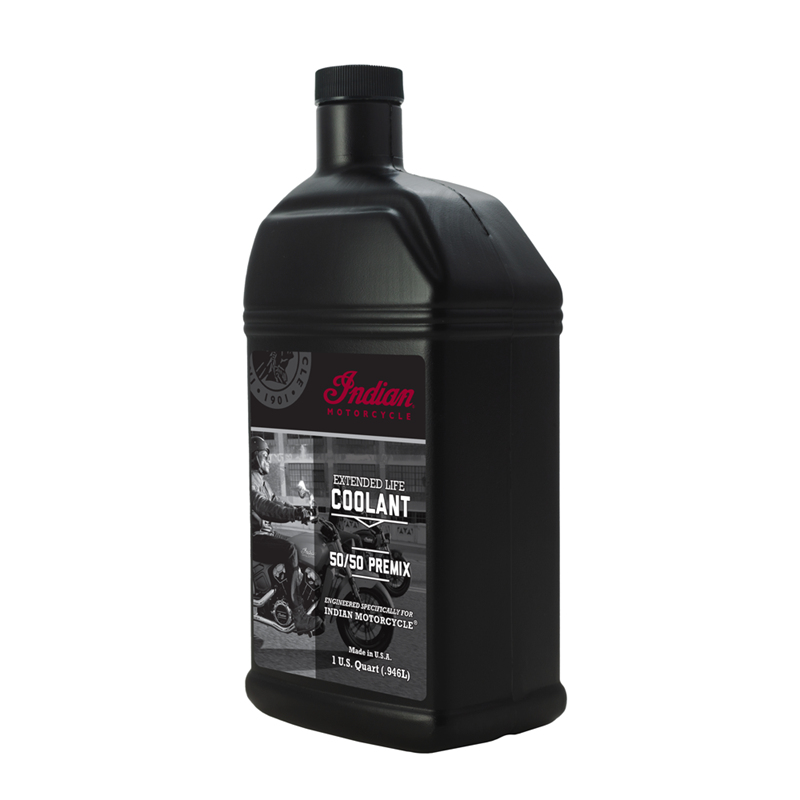
Environmental and Safety Considerations
Proper handling of motorcycle coolant is essential for environmental and personal safety. Careful disposal and product choice help minimize harmful impacts.
Proper Disposal of Used Coolant
Disposing of used motorcycle coolant responsibly prevents pollution and harm to ecosystems. Here’s how to do it:
- Collect Coolant: Store used coolant in a sealed container to prevent spills and evaporation.
- Avoid Drains: Never pour coolant into drains or onto the ground. It contaminates water sources.
- Visit Recycling Centers: Many facilities accept used coolant for proper disposal or recycling.
- Follow Local Regulations: Check your area’s waste disposal rules for coolant handling.
- Contact Professionals: Ask auto shops or waste services for disposal assistance if needed.
Proper disposal helps protect wildlife and reduce environmental damage caused by toxic substances.
Non-Toxic and Eco-Friendly Coolant Choices
Choosing eco-friendly coolants reduces environmental risks and enhances safety during use. Consider these options:
- Propylene Glycol-Based Coolants: These offer low toxicity and safer handling compared to ethylene glycol.
- Biodegradable Coolants: Products like Engine Ice break down easily without harming nature.
- Waterless Coolants: They eliminate water-related rust and scale while reducing waste.
- Check Labels: Look for coolants marked with “eco-friendly” or “non-toxic” certifications.
- Manufacturer Recommendations: Select coolants compatible with your motorcycle and designed for the environment.
Using green products protects both the engine and the planet. By making eco-conscious choices, riders can enjoy safer, sustainable maintenance.
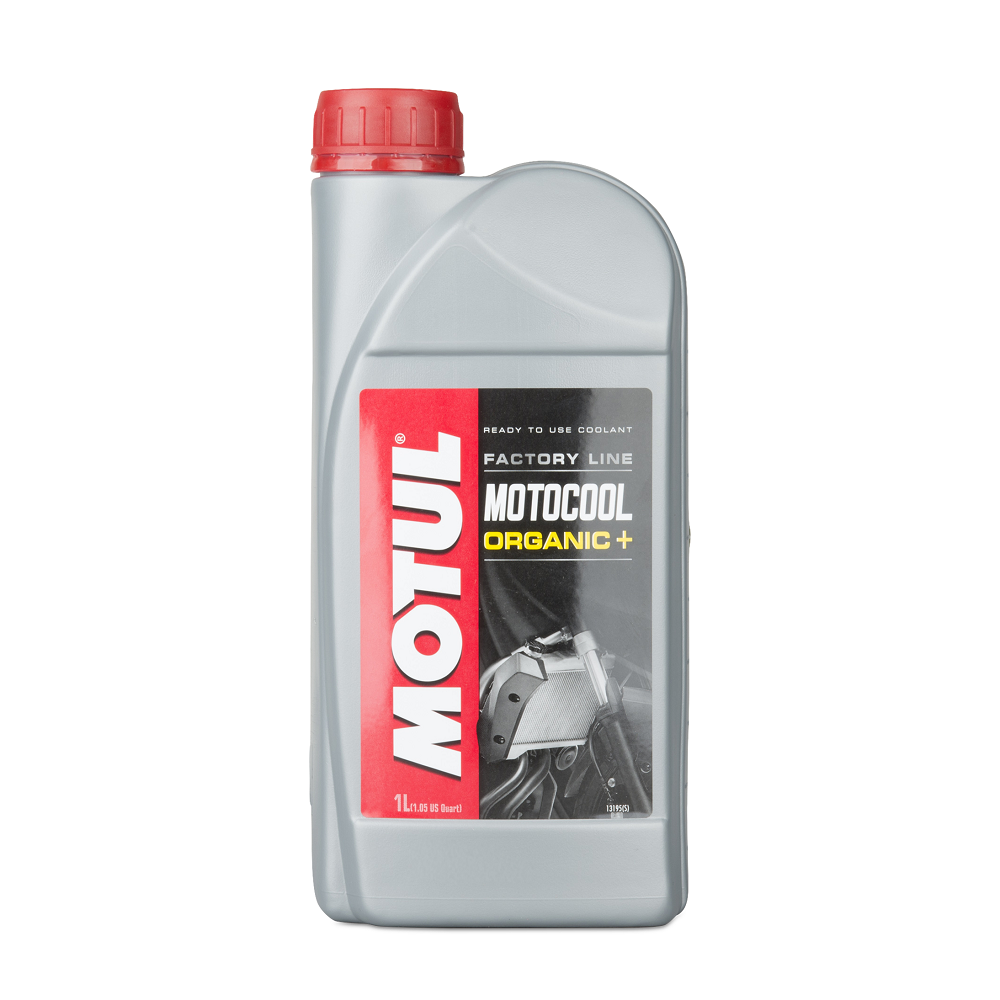
Leave a Reply